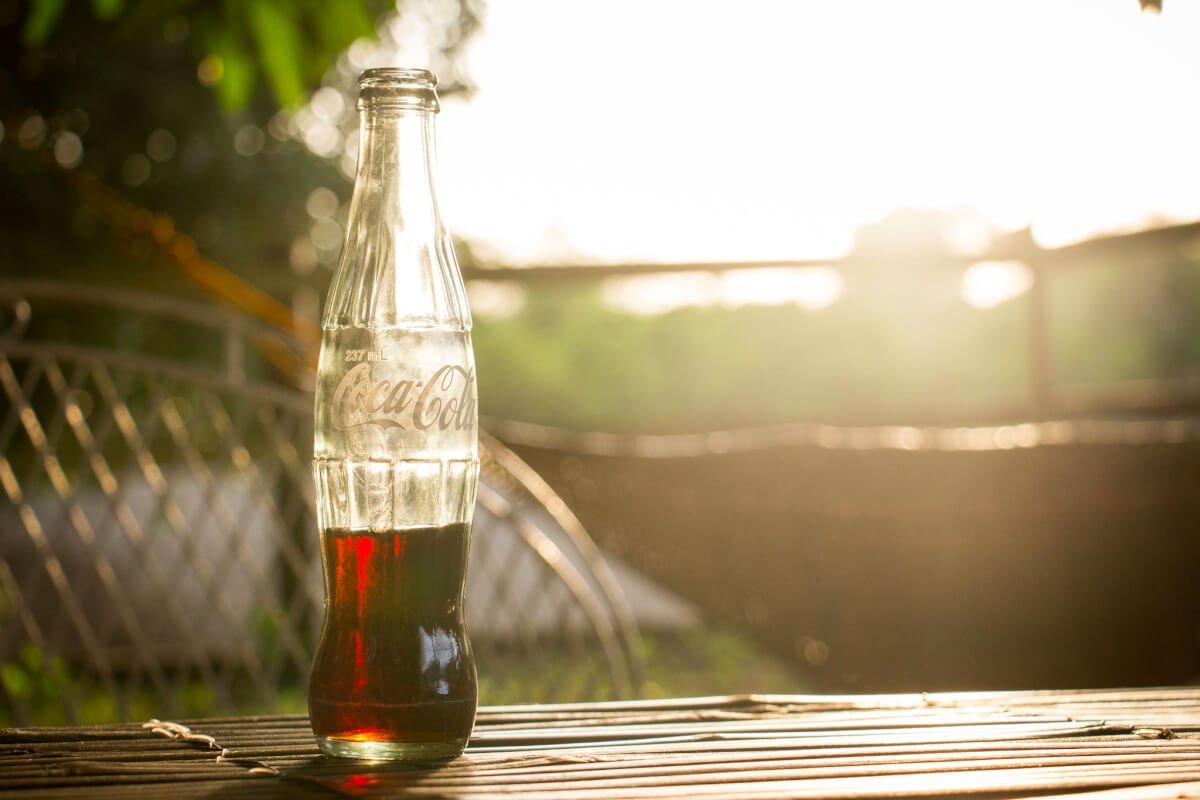
Have you ever thought of a brand as not just representing a product, but an entire industry?
I grew up in the Midwest,
What brought this bit of nostalgia to mind for me was a recent article I read about The Michelin Man. The article explained how Michelin first came up with The Michelin Man in 1894. One of the Michelin brothers noticed that the pile of bicycle tires displayed on the Michelin stand at the Lyon Universal Exposition in France looked like a man made of tires. (By the way, tires
Of course, we can’t discuss brands that outshine their competitors without acknowledging the brightest bulb in the room—Google. When we need to find a product, need a quick answer to our Tuesday night trivia (while the other teams aren’t looking, of course) or just have to know what people are saying about us, we google it. We’ve become so used to using Google for our searches that we’ve turned the monstrous noun into a verb. My computer’s spell check feature doesn’t even bother to point out that I’m spelling “google” with a lower-case “g.” After all, when’s the last time you heard someone say, “I’m going to search on Yahoo!” or “I’ll Bing it?” Just doesn’t happen anymore. Did it ever, really?
Perhaps that’s the key…to defy the rules and norms of grammar. Choose a brand name that functions equally well as both noun and verb, and could even get by as an adjective on occasion. Then, within your content marketing strategy, position your brand name to fill in for a commonly used and more generic-sounding word or colloquialism. When’s the last time you sneezed, and someone said, “Here, have a Kleenex,” and handed you a box of tissues that could have been any one of a number of alternatively branded facial tissues?
Please excuse the Ricky Bobby quote, but it’s true. Or, at least, it used to be true. Those brands that were first to market in their industries, or at least made a better first impression within their markets, became the default generic brands for their industries. (Kimberly-Clark invented facial tissues in 1924 and brought them to market as Kleenex. But Ginger ale, Root beer, and Dr. Pepper all preceded Coca-Cola as soft drinks. And Charles Goodyear invented vulcanized rubber in 1839 but died 40 years before his name would be attached to the famous tire. It wasn’t until 1888 that John Boyd Dunlap became the “second” inventor of the pneumatic tire.)
Today, as marketers, we continually hear how times are different, and to succeed we must think differently, act more quickly, find new ways to attract and speak to our customers, and leverage technology to help us differentiate ourselves. That all is true, but it’s not so different from how our predecessors did it a century or more ago. They identified opportunities, and they embraced them. As times changed, their brands evolved with it, making sure to make all the relevant changes while retaining those key traits that continue to position them as leaders in their respective industry.
While luck always plays a role to some degree, we must keep our eyes and ears open for opportunity, and grasp that opportunity to define not just ourselves to our customers, but define ourselves as the brand in our market.
© 2024 O’Keeffe. All Rights Reserved. | Sitemap